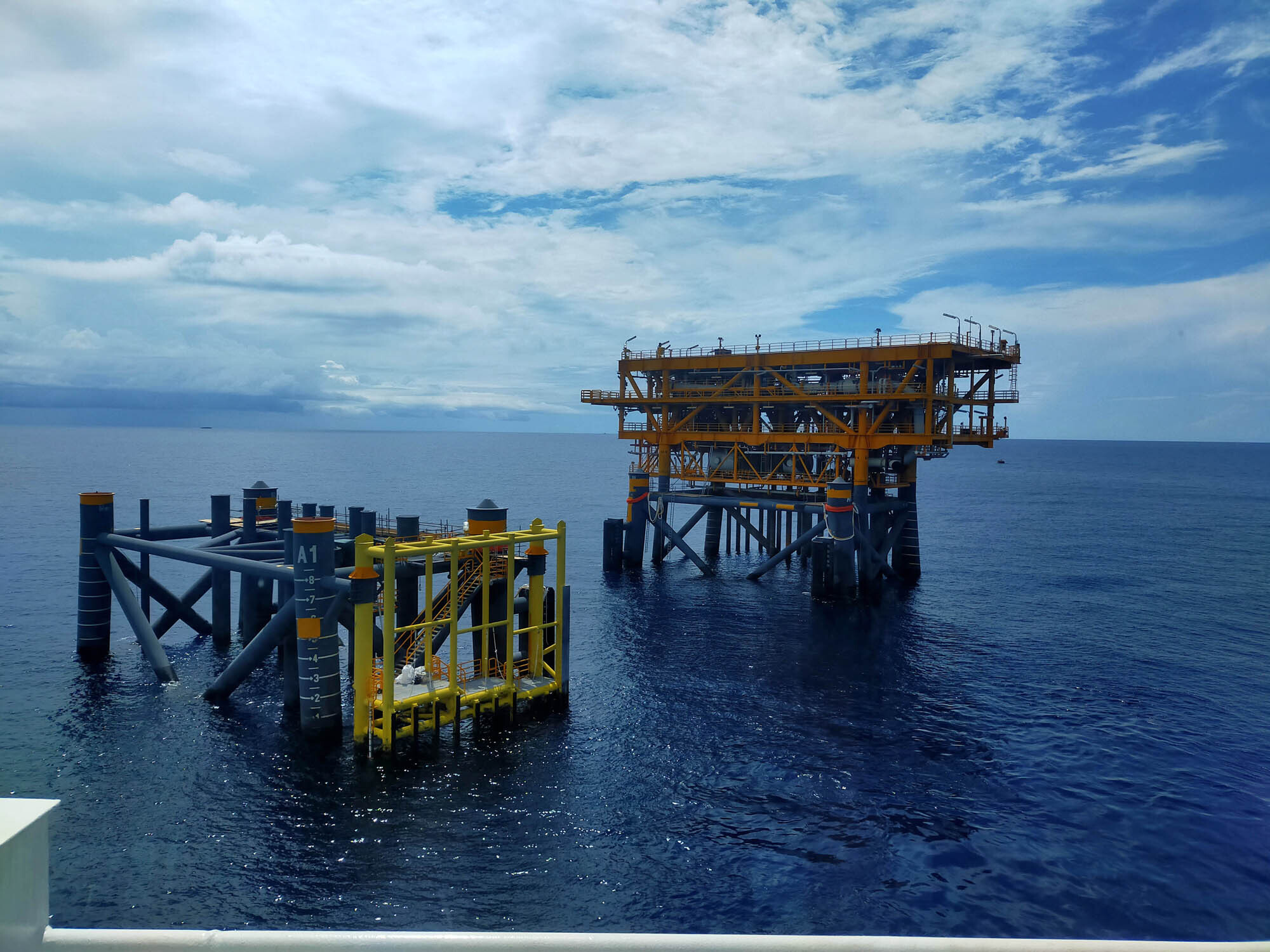Knowledge center
Measuring the erosive force of infragravity waves with ADCPs
As sea levels continue to rise and storms intensify, coastal erosion is becoming increasingly problematic for many nations across the world. This…

Boosting maritime safety with real-time data of waves and currents near ports in West Africa
For the maritime authorities in the West African nation of Togo, keeping vessels safe is a top priority, as is safeguarding the marine environment…

Improving hurricane preparedness in Colombia with wave and current data
Adaptation and mitigation measures for hurricanes affecting Colombia have been hampered by the lack of an in-situ meteorological and oceanographic…

Improving metocean forecasts with wave and current data from an extreme ocean environment
The perilous Lofoten Maelstrom is infamous for its extreme currents, which have put seafarers in grave danger and caused shipwrecks down through the…

Observing flow patterns with the Eco ADCP to understand the formation of sandy coastal features
Researchers at TU Delft in cooperation with Utrecht University are using ADCPs to measure hydrodynamic conditions at an artificially reinforced sand…

Preventing biofouling on ADCPs deployed in the field
Biofouling is a problem that may not come top of all marine scientists’ priorities when preparing underwater instruments for deployment. However, in…

Providing critical metocean data for a major offshore gasfield installation
Nortek’s Aquadopp 600 kHz current profiler provided valuable information on sea conditions during the installation of a Malaysian offshore gas…

Improved metocean data accuracy with a buoy-mounted ADCP
The collection of wave height and period, sea level and meteorological data on metocean buoys has been a vital part of the researcher’s and…
